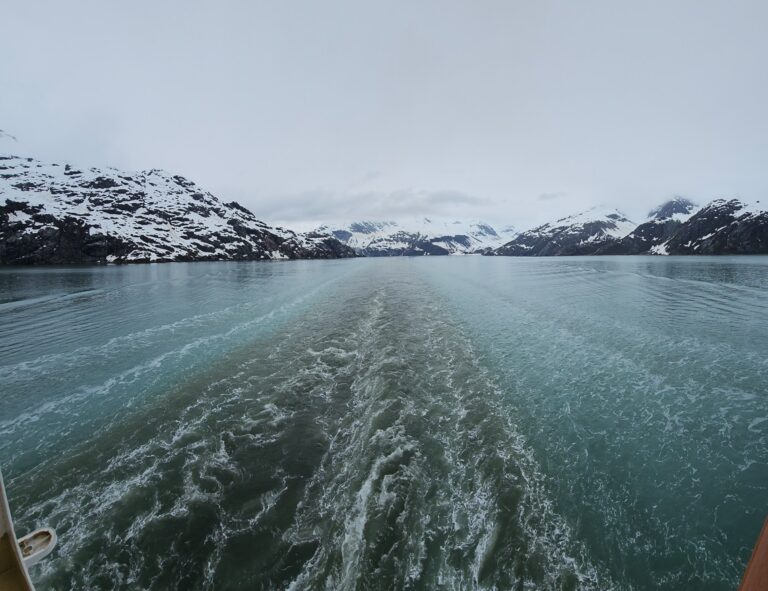We recognize that vacations are not just an investment, but often the highlights of our lives, and we take that responsibility seriously. We want to ensure you have the best vacation experience.
Interested in a job in travel? Click here to learn: How to Become a Travel Agent
Categories: Aberdeen SD
Badlands National Park, given its name by the Lakota, is located in southwestern South Dakota, and is comprised of 244,000 acres of protected prairie lands that draws visitors from around the world. Badlands National Park is known for containing one ...
Categories: Badlands National Park
The legendary Black Hills are an oasis of pine-covered mountains on the Great Plains, located in South Dakota. The Black Hills and Badlands are central to the Lakota Nation culture. The Black Hills are home to hundreds of historic attractions includi...
Categories: Black Hills
If you want to see what the Great Plains looked like before the coming of farms and fences, spend some time in this park. Buffalo Gap National Grassland encompasses a large area in southwestern South Dakota (it surrounds Wall and Badlands National Pa...
Categories: Buffalo Gap National Grassland
Categories: Canton
Custer State Park in the Black Hills encompasses 71,000 acres of spectacular terrain and an abundance of wildlife.
Within the park, you’ll discover a world of adventure!
Favorite outdoor activities include hiking 7,242-foot Harney Peak, mountai...
Categories: Custer State Park
Located in the heart of the Black Hills of South Dakota, Deadwood is a historically significant city to the gold rush of 1876. Deadwood originally was settled on Lakota land in the 1870s, and once gold was discovered, the town became known for wild s...
Categories: Deadwood
Fort Sisseton State Park is 184 mi/296 km north of Sioux Falls. The army established Fort Sisseton in northeastern South Dakota in 1864 to protect Dakota Territory settlers. In the 1930s, the Works Progress Administration began to restore 14 of its b...
Categories: Fort Sisseton State Park
In the 1890s, mineral springs and health spas made the city of Hot Springs, located 57 mi/91 km south of Rapid City, the first tourist mecca in the Black Hills. Today, the hot springs are still flowing: The town boasts Evans Plunge, a large, indoor s...
Categories: Hot Springs SD
Categories: Huron
Another Black Hills-area attraction, 60 mi/100 km southwest of Rapid City, Jewel Cave National Monument features a cavern studded with sparkling calcite crystal formations. Jewel Cave is among the longest caves in the world, with more than 140 mi/225...
Categories: Jewel Cave National Monument
Kennebec is a friendly town near Sioux Falls, South Dakota. Enjoy the endless panoramic views of the Great Plains and Sioux terrain when visiting this rural town.
Categories: Kennebec
Mount Rushmore memorializes the birth, growth, preservation and development of the United States of America. Between 1927 and 1941, Gutzon Borglum and 400 workers sculpted the 60-foot busts of Presidents George Washington, Thomas Jefferson, Theodore ...
Categories: Keystone SD
If you're driving west from Sioux Falls on Interstate 90, be sure to stop in Mitchell (70 mi/112 km away) to see the turreted Corn Palace. Take some time to look at its decorative patterns and pictures made up of grasses, corn and other grains that a...
Categories: Mitchell
Located in the southwestern part of the state, 35 mi/56 km southwest of Rapid City, Mount Rushmore is one of the most famous landmarks in the U.S. and the draw that started the Black Hills tourism boom. The likenesses of four U.S. presidents—George W...
Categories: Mt. Rushmore
A large area in the north-central part of the state, Standing Rock adjoins the Cheyenne River Reservation and is bordered on the east by the Missouri River. The burial site of Sitting Bull lies just west of the town of Mobridge. He was killed in 1890...
Categories: Native American Reservations SD
Categories: Oacoma
If you're driving on Interstate 90 from Rapid City to Sioux Falls, you might want to take a short side trip to Pierre, the state capital, mainly to see the Capitol itself. Restored to their original luster are marble staircases, Victorian leaded glas...
Categories: Pierre SD
Homeland of the Oglala Lakota Sioux, Pine Ridge lies in the southwestern part of South Dakota 66 mi/106 km southeast of Rapid City. It borders the Buffalo Gap National Grassland and surrounds part of Badlands National Park. You can visit the place wh...
Categories: Pine Ridge Indian Reservation
Rapid City is your bridge to some of the most intriguing and beautiful attractions in America: The inspirational Mt. Rushmore National Memorial, the visionary Crazy Horse Memorial, and the tranquil Black Hills National Forest with its abundant wildli...
Categories: Rapid City
Also known as "Stone Shatter City" Sioux Falls was first inhabited by the Sioux Native Americans. Blocks away from the downtown district lies the Big Sioux River, a local attraction and popular land mark. Settled by pioneers after the Civil...
Categories: Sioux Falls
Experience nature, the old west, and one of the most beautiful canyons in the world. Hike, bike, enjoy the majestic nature of the Black Hills of South Dakota in Spearfish Canyon.
Categories: Spearfish Canyon
Categories: Tatanka
Home to the University of South Dakota, this town in the far southeast corner of the state, 62 mi/99 km south of Sioux Falls, gets its name from the deep-red clay found along the Vermillion River. Though they lie about 95 mi/152 km away, Lake Andes N...
Categories: Vermillion
This small town is famous for Wall Drug Store, an unusual establishment founded in 1931 that is replete with western wear, a cowboy orchestra, museums, an art gallery, buffalo burgers and homemade pie—and free ice water for thirsty travelers. It's no...
Categories: Wall
Bordered to the north by Custer State Park and to the west by Black Hills National Forest, Wind Cave National Park in southwest South Dakota includes more than 144 mi/232 km of passageways. The winds referred to in the name come from the cave's "brea...
Categories: Wind Cave National Park
































